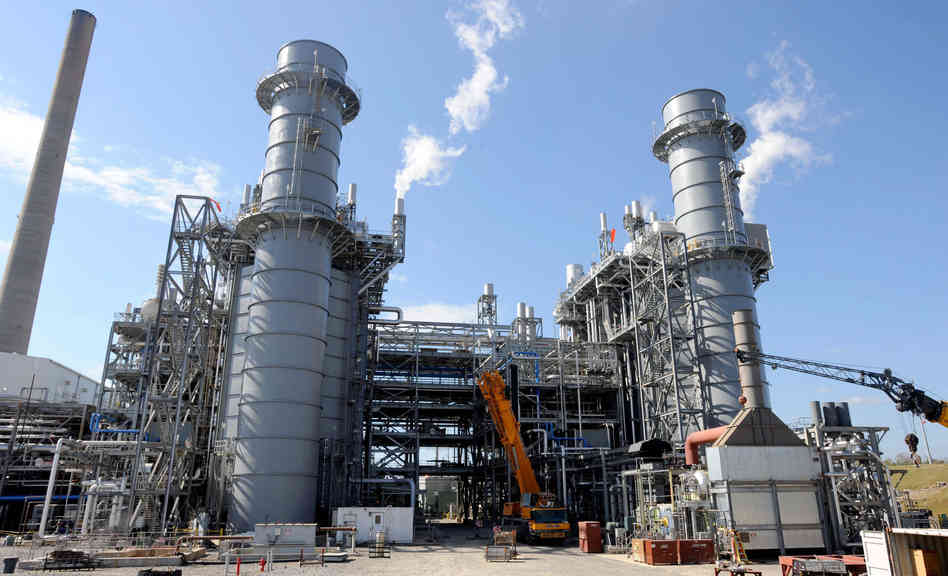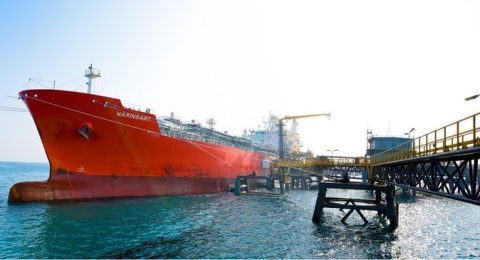Europe’s gas storage operators are discussing plans to develop a common European storage mechanism to see off potential threats to the bloc’s gas supplies, the head of Italian gas grid company Snam told Reuters on Tuesday.
“It makes strategic sense to pool our resources and we are keen on taking our proposals to Europe and to ministries,” Snam CEO Carlo Malacarne said in a telephone interview.
Russia’s annexation of Ukraine’s Crimea region last year underscored the need for the EU to do more to safeguard European energy supplies and cope with increased dependence on imports.
The 28-member bloc relies on Moscow for almost 30 percent of its energy, almost half of which flows through Ukraine. Italy, and Germany are Russia’s biggest gas customers in Europe.
The EU is currently working on new rules for gas storage.
Beefing up Europe’s storage space, currently around 100 billion cubic metres (bcm), would guarantee gas in the event of disruption from key suppliers while increasing liquidity.
“Taking capacity to 140 bcm would cost around 20 billion euros, to be split between the 7-8 countries with storage, and that would meet a worse-case Russia scenario,” Malacarne said.
Stress tests carried out last year on Europe’s gas system showed if Russian gas was halted for six months there would be a shortfall of up to 70 bcm — around 40 bcm in the three core winter months.
Sites that could be used for a common reserve have not yet been identified but would probably include Italy and Germany which together account for almost 40 bcm, Malacarne said.
The initiative would need common rules, reflecting what happened in the oil sector in the 1970s when strategic reserves were created after severe supply disruptions and price rises.
“Just filling capacity in Italy and Germany not used in the last 5 years, due to the crisis, would give us 10-15 bcm extra without investing. And then Spain has LNG capacity that can be used,” Malacarne said.
A lower differential between summer and winter gas prices, which once guaranteed handsome margins, has deterred investors from building expensive gas storage systems.
But Malacarne said despite the mild winter, Italy was on track to use almost all its 11.5 bcm capacity since storage prices set by the regulator have been kept below market prices to encourage shippers to use reserves.
“We need standard contracts adopted by the EU regulators to keep prices low to favour putting gas into storage and trading it,” he said.
Snam, one of Europe’s biggest gas transport players, has a strategic alliance with Belgium’s Fluxys and is looking to expand its footprint across Europe.
Fluxys and Snam are developing “reverse flow” transmissions from Italy that could ship African gas from Algeria and Libya to Britain.
“We’ll already have 2 bcm of reverse flow gas to trade by the end of 2015 and that will increase to 6 bcm in 2018,” Malacarne said.
Source: Reuters












